Most homesteaders begin with chicken raising as it is easy to care for, affordable, and can be served with both quality meat and eggs.
Besides, raising chickens for meat is a great step toward becoming self-sustainable and can surprise you with healthy and fresh flocks within a short period.
You can also double the numbers for your needs by breeding them.
So, if you’re planning to order chicks for your homestead, get through this complete guide to ensure a high survival and success rate.
Choosing the Right Breed
Unlike egg layers, meat breeds are fast-growing chickens that need larger amounts of feed daily with a higher dose of protein.
Also, you can continue raising several chickens for meat under a single shed.
According to the American Poultry Association, there are six classes of chicken, including American Asiatic, Continental, English, Mediterranean, and all other standard breeds (AOSB).
Under hundreds of meat breads, the following are the most popular ones:
Cornish Cross
You can identify Cornish Cross from their bright white feathers and a red comb. They also have a broadly muscled body, huge breasts with yellow legs.
It is expected to have 1 pound of meat for every 2 pounds of feed.
Cornish Cross boasts white breast meat, huge dark meat thighs and legs, and yellow skin, which is best suited for grilling or frying.
The breeds can get 3-5 pounds in 7-9 weeks.
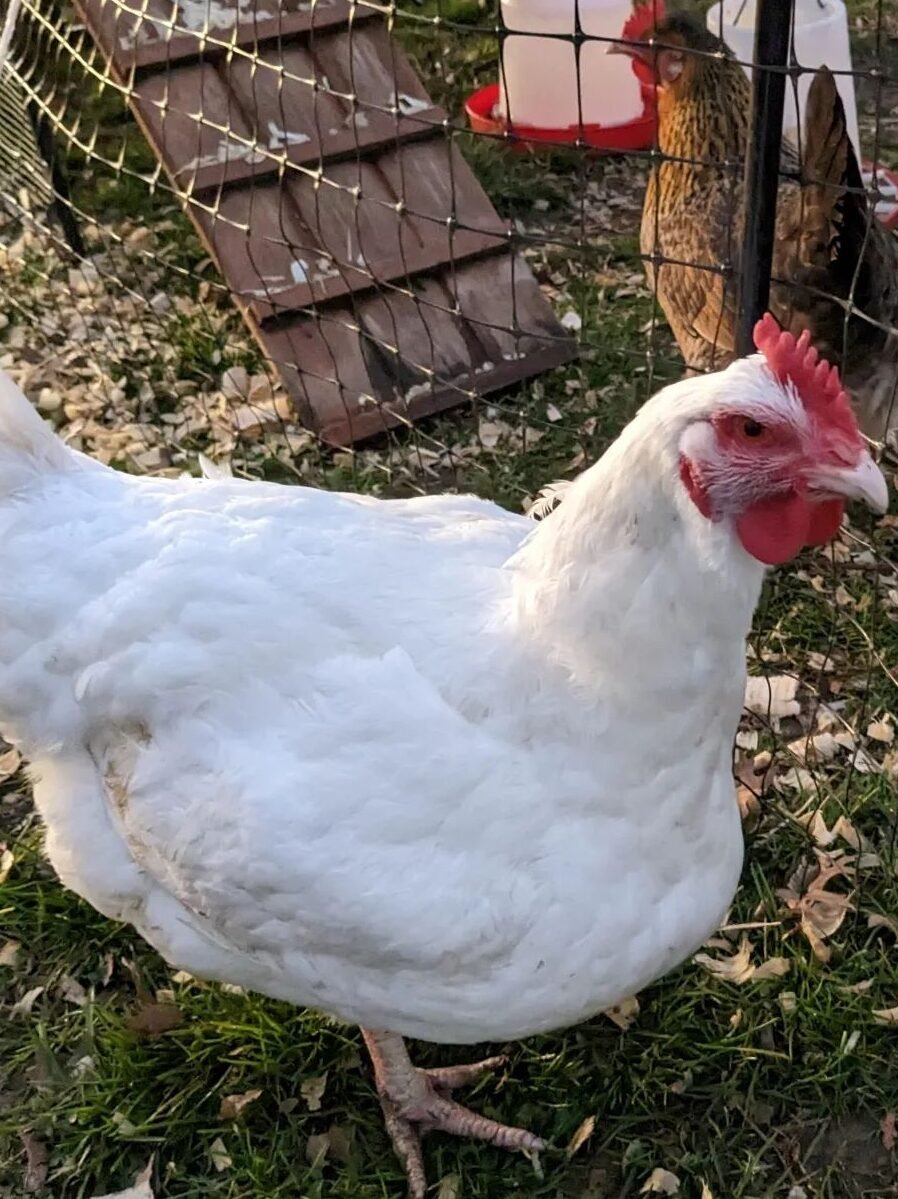
This excessive growth is not healthy as their legs and organs haven’t developed with sports ability, only getting themselves harmed easily.
Besides, these meat birds cannot handle temperature extremes very well, making them fragile.
If you plan to pasture these chickens, you need to move them daily to maintain sanitary and quality pasture as they lack the habit of it.
However, you can defeather Cornish Cross in a single minute and pluck them in 20 minutes by hand.
Freedom Rangers
These breeds come in two shades, including tri-colored or red feathered. They can stand out from other folks due to their yellow shanks, skin, and beaks.
Freedom Rangers are active, robust chickens that are the best fit for free range, foraging, and pasture environments.
You can expect 5 to 6 pounds in only 10 weeks from these meat birds.
The ranger breeds yield tender, succulent meat with yellow omega-3 fat.
Jersey Giant
If you fancy taking black or white chickens at your homestead, Jersey Giants can decorate it well.
Jersey Giants are rugged, with an angular shape and a single comb. They have black shanks in the black variety and willow shanks in the White variety.
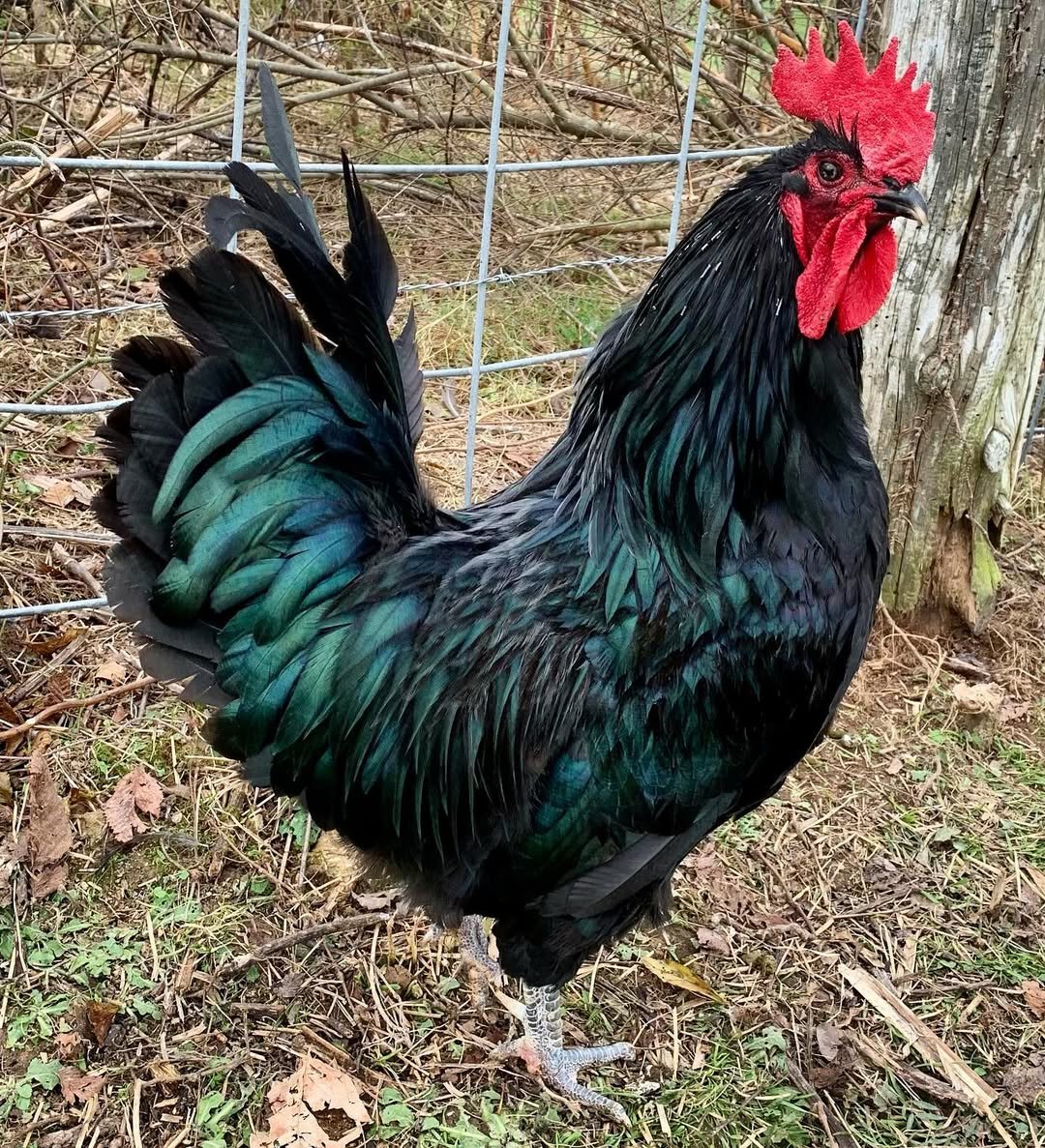
Besides, they can make both good rangers and backyard flocks.
These black and white breeds produce fine and large capons and make excellent choices for roasting.
You can expect these birds to weigh 10-13 pounds in 8-9 months.
New Hampshire Red
This American breed of chicken has a deep, broad body in reddish buff. In fact, this breed boasts red feathers on most of the body with black tail feathers.
New Hampshire Red chickens are fast-growing, early-maturing, and quick-feathering.
Besides, they tend to go broody, make good mothers, and produce meaty carcasses. Anyone can get 6-8 pounds of meat in 12-14 weeks of raising New Hampshire Red.
Heritage Breeds
Though Heritage Breeds yield less breast meat and longer legs, they develop a much deeper flavor when matured.
You can identify these chickens by reddish-brown plumage flecked with white.
Besides, Heritage roosters boast white plumage, a red comb, and red wattles with earlobes.
While raising chickens for meat, you can keep these birds outdoors under pasture-based management or leave them in the local environment.
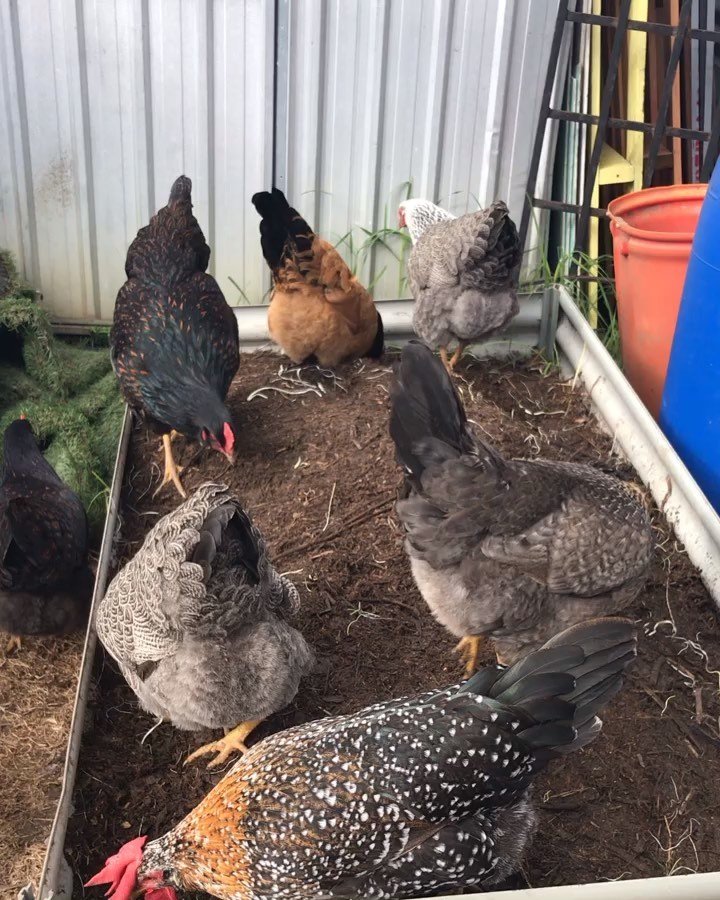
They can yield 9 to 10 pounds in 6-9 months.
You can also raise yellow chickens and white and black chicken breeds for meat.
Factors to Consider
There are other meat breeds that you can go along with, including Big Red Broilers, Bresse, Turkeys, and Kosher King.
However, you need to focus on the following factors while choosing meat-yielding breeds.
- Growth Rate: Meat breeds can be ready for butchering within the starting period of 45 days. So, you need to decide on the early, average, or late maturing flocks.
- Feed Efficiency: Meat breeds require a heavy dose of nutrients from their food supply. However, it is in your hands whether you provide food twice or three times, considering overfeeding and expected weight.
- Hardiness: Referring to the climate zone and environment, breeds can be either fragile or robust. Thus, you can order chicks depending on your location and how well they can adapt to the environment.
- Meat Quality: Chickens produce different sizes of organs and serve flavors differently based on their raising. You can get some ideas from picking breasts, large feathers, long legs, and giant legs.
Setting Up Your Coop and Run
While the readymade coop from the market is a one-time investment, coming with everything fixed, it may not favor your preference for several reasons.
Don’t worry; you can craft it on your own with some coop basics in mind. For this, you need to plan ahead for everything, such as flock size, budget, and resources.
Though metal and woodwork may take a bit longer, if you do it for the first time, you can do it successfully with the following idea.
Space Requirements
If you’re building a chicken house yourself, try keeping an 8-12-inch coop size per bird, depending on the breed.
Besides, I recommend the run space between (12 x 12 x 18) inches and (14 x 14 x 20) inches for 4-5 chickens.
Here are some space ideas depending on the flock numbers.
| Flock Size | Coop Size | Running Space |
| 6 chickens | 24 sq. ft. | 48 sq. ft. |
| 10 chickens | 40 sq. ft. | 80 sq. ft. |
| 15 chickens | 60 sq. ft. | 120 sq. ft. |
| 20 chickens | 80 sq. ft. | 160 sq. ft. |
Ventilation and Temperature Control
Those who have limited resources and little coop may prefer natural ventilation. For this, they need to install windows on the opposite walls.
They can also put vents on the highest point of the coop.
Besides, I often check the humidity using a hygrometer and clean the coop to remove the buildup of dust, dirt, and poops that can prevent ventilation.
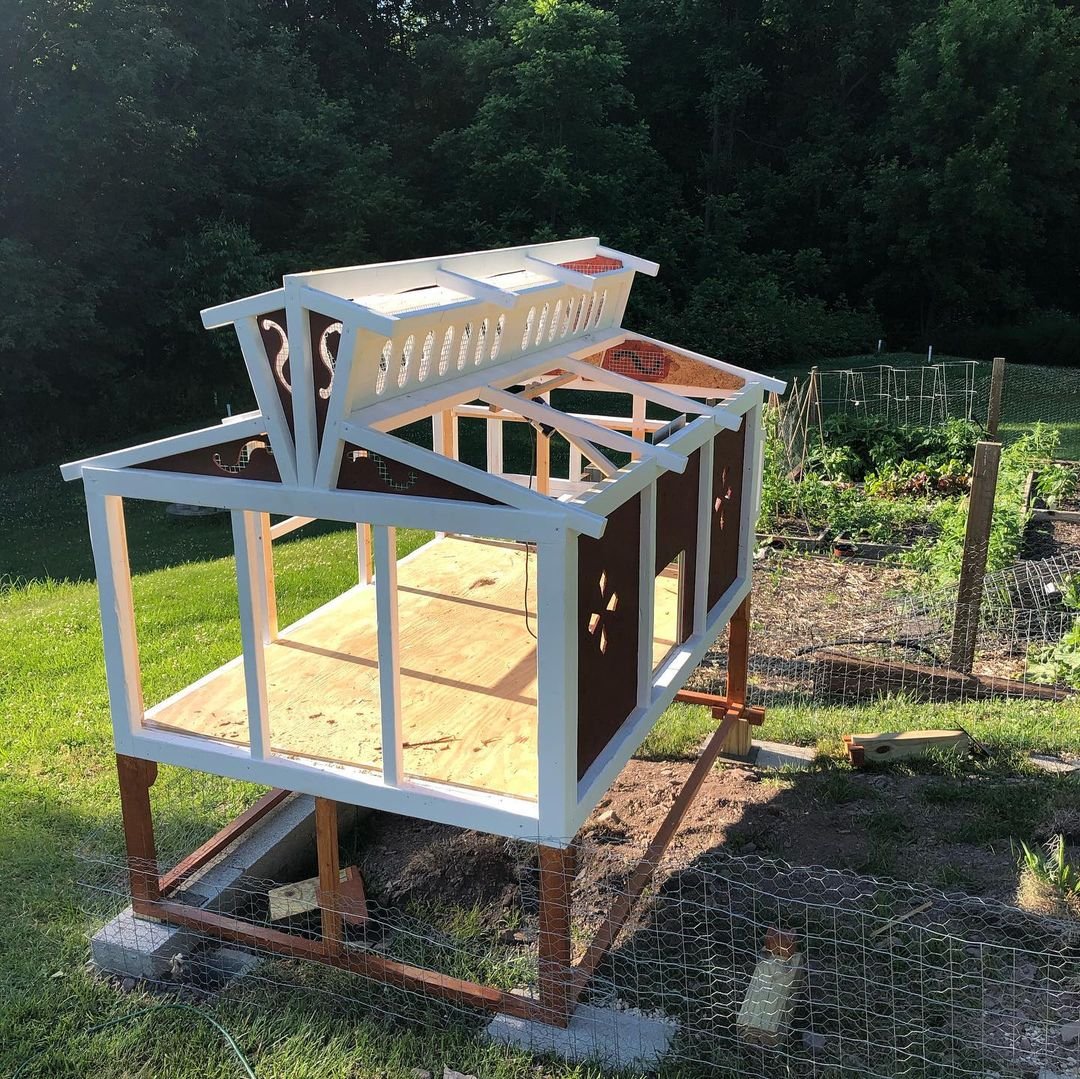
The larger the flocks, the more resources your coop requires, including mechanical ventilation.
This ventilation includes fans or an air exchange system. You may also need a heater and dehumidifier to control the coop’s temperature and humidity.
Check for airflow, avoid overcrowding, and keep 40-70% humidity.
Protection from Predators
Coyotes, foxes, and raccoons are common predators that can break into the unsafe coop and attack the flock.
Also, if your homestead is near a dense forest, the risk can double than usual. So, ensure the following essential coop safety measures.
- Build the coop with a fully enclosed bottom side and buried hardware cloth.
- Use 1/4 hardware cloth along with concrete blocks or bricks.
- You can insert a 2-step lockable door latch for safety.
- If you have run open, cover it with a roof, along with or without netting.
Feeding and Nutrition for Optimal Growth
I often find fellow homesteaders raising roosters for meat, while others randomly feed hens and complain about little meat.
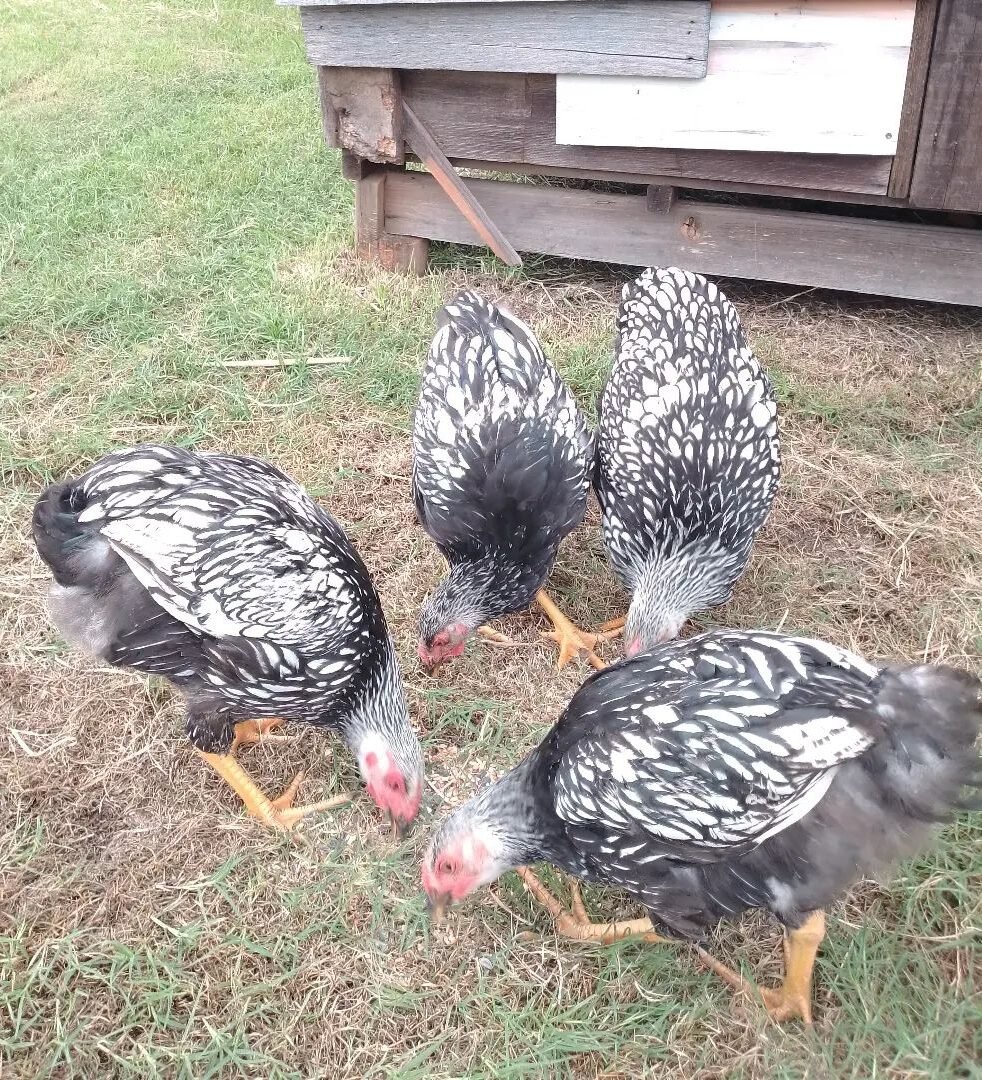
Besides, beginners feed without a proper diet, only extending the time for maturity with unexpected weight.
So, you need to understand the nutrient requirements and feeding schedule.
Starter, Grower, and Finisher Feeds
Meat production breeds consume high-protein diets, so you need not depend on scratch grains only.
However, you can feed them with pasture or green chop. Young and tender plants offer a valuable supplement, but avoid feeding birds with lawn clippings if you have recently sprayed pesticides.
If you want to reduce feed costs, find some free and homemade feed ideas.
DIY Feed Options
The balanced chicken feed includes Carbohydrates, Fats, Proteins, Minerals, and vitamins.
So you need to prepare a diet mix including these nutrients when raising chickens for meat. I often prefer the following DIY feed recipes.
Homemade Chicken Feed Recipe
Equipment
- 1 Store Box
- 1 Mixing Container
- 1 Weighing Tool
Ingredients
- 30% Corn
- 30% Wheat
- 20% Peas
- 10% Oats
- 10% Fish Meal
- 2% Poultry Nutri–Balancer
- Based on need Kelp
- Based on need Aragonite
Instructions
- Mix all the ingredients well with your gloved hands.
- Pour the mixture in a store box for later use.
- Other than a heap, keep a few amount in the feeder for current serving.
Besides, you can also make another mix out of 2 parts corn, 3 parts red winter wheat,3 parts white wheat, half a part Diatomaceous Earth, and 1 part oat groats.
Wait! Add 1 part hulled barley, 2 parts black oil sunflower seeds, half a part peanuts, 1 part wheat bran, 1 part split peas, and 1 part lentils.
Finally, pour 1 part quinoa, 1 part sesame seeds, and a half part kelp and mix well.
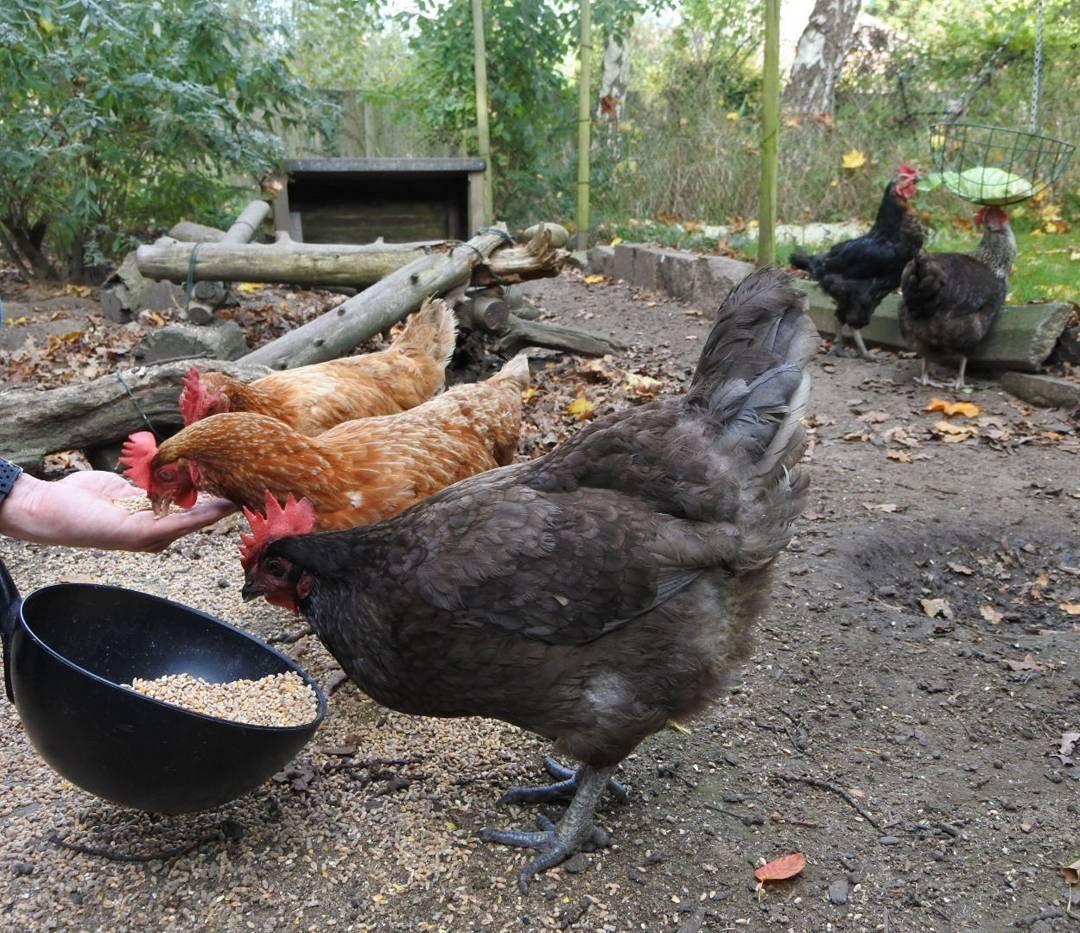
After feeding, don’t forget to provide fresh, cool, clean water 2-3 times daily.
Health and Disease Management
I remember only 12 out of 20 chickens survived in my first year of sole homesteading, and I didn’t know what happened to them.
As meat breeds are heavy eaters, beginners can often end up overfeeding them, causing obesity and additional health issues, including heart attack.
So, it is vital to tackle health conditions along with feeding and living safely.
Common Health Issues in Meat Chickens
Though chickens can live 3-10 years in the optimal setting, they end their life in a few hours or a couple of days if they fall sick.
Mostly, they are susceptible to parasites such as lice, mites, and fleas. But you need to keep an eye on other health problems when raising chickens for meat.
Respiratory issues: Your chickens can show symptoms such as sneezing, coughing, difficulty breathing, swelling around the eyes and beak, poor comb, and loss of appetite. These issues become common due to poor living conditions and viral and bacterial diseases.
Leg problems: Meat breeds can face the twisting or bowing of the legs, making them lame. This causes the birds to be unable to move and end up starving and dehydrated. Also, being overweight can weaken the legs.
Chicken Diseases: Marek’s Disease, Coccidiosis, Bird Flu, Virulent Newcastle Disease, and Salmonella are common diseases in chickens. It is difficult to diagnose all these diseases unless you’re a professional.
Consult the vet at the following:
- Association of Avian Veterinarians: 720-458-4111 or 720-398-3496
- U.S. Poultry & Egg Association: 770-493-9401
Pasty Vent: This occurs when baby chicks glue the droppings on their vents under their tails. It causes chicks to have lethargy and loss of appetite. Don’t worry! You can treat it by tugging the dried droppings with a wet paper towel.
Preventative Care
- Feed the flock a balanced diet with rich nutrients for their age and breed.
- Avoid moldy, rotten, or decayed food and dirty and toxic water.
- Isolate the sick chickens and diagnose the symptoms for treatment.
- Consult the vet or professional and get your flock vaccinated against multiple diseases.
- Deep sanitize the chicken coop twice a year.
Harvesting and Processing Chickens
To continue processing, you may need a workstation with the essential tools. So, prepare the butchering place a few feet away from the coop for sanitization.
If you’re doing this for the first time and have a large number of chickens to be processed, get help from a local professional.
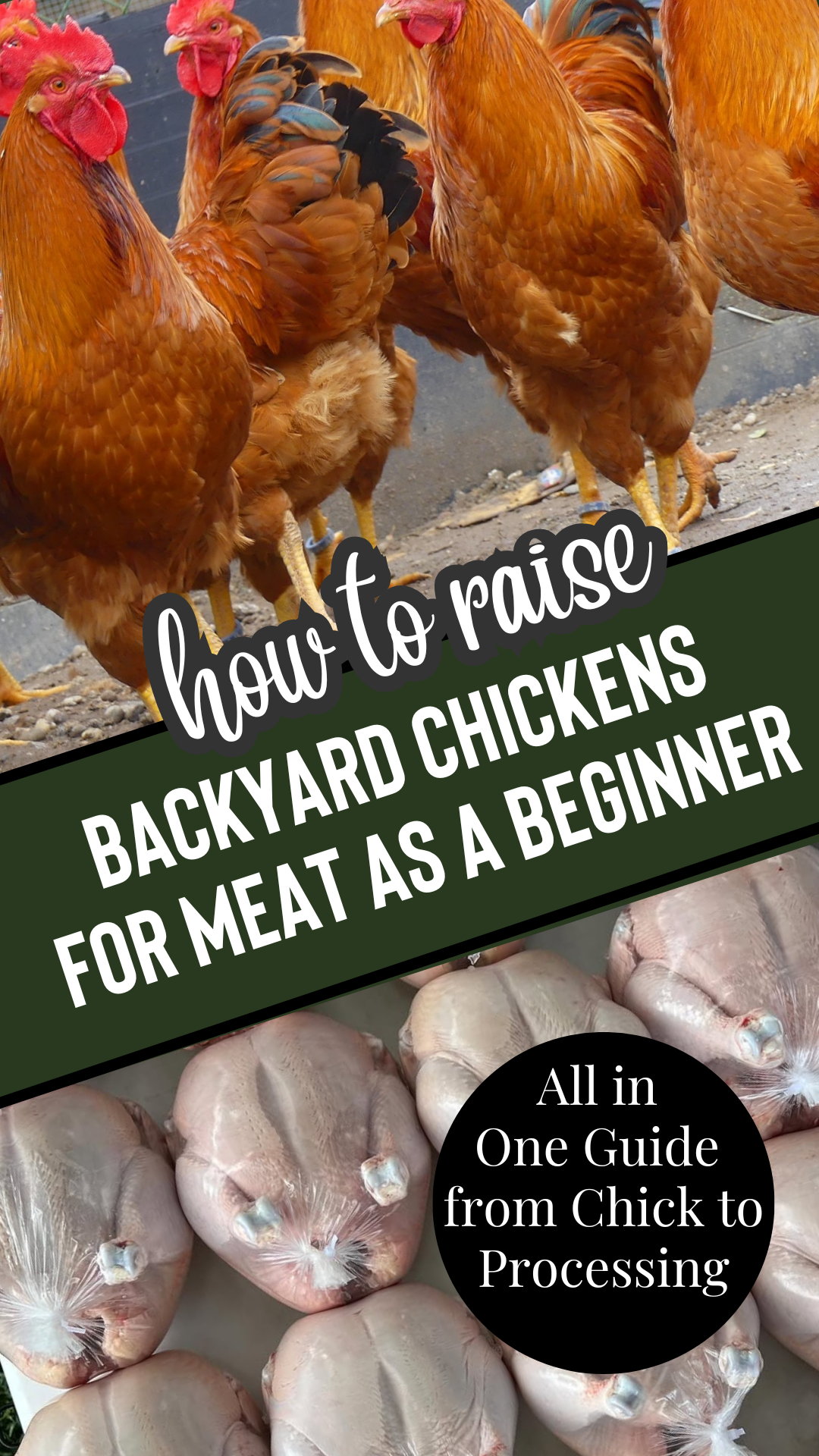
You can also invite a homestead family and have a firsthand experience.
When to Process
Usually, meat production chickens are ready to process within 6-8 weeks. However, some, such as the Freedom Rangers, can take more than 10 weeks to mature.
Also, some homesteaders wait for six months or more for traditional chickens.
But you should not tame the chickens for longer than 7-8 months for tender meat. You can tell the harvesting time when the birds hit the following signs.
Breeds: Cornish Crosses are ready in 8-10 weeks, while Freedom Rangers take 12-14 weeks. However, it also depends on how much you feed and care for the birds.
Weight: I was trained to weigh 6-8 pounds for hens and 8-10 pounds for roosters. But you can be flexible about it depending on the breed.
Body Display: Roosters’ combs grow reddish and start chasing hens, showing they have reached maturity and are ready for the harvest.
Step-by-Step Processing Guide
After setting up the butchering or work area, you need to collect the essential tools, including sharp knives, sanitizing solution
cord or rope, scalding pot and thermometer, bucket, coolers, and poultry shrink wrap bag.
Also, cut off feeding the chickens before processing between 8-12 hours.
Now, you can process the chickens with the following instructions:
- The first step is to make the chickens immobile. For this, you can humanely hit the upper part of the body and cut off the neck of the chicken.
- Leave an unconscious chicken aside for a while to drain the blood. You can use a cone for it.
- Prepare a scalder and boil the water for 1-2 hours until the thermometer shows the right temperature.
- Next, dip the chickens with their whole bodies deep in the water, hanging by their feet, and take them out.
- Defeather the bird with your hands. You can also use a plucking machine for your convenience.
- Place the chicken on the table, chop the head and legs, and remove the innards, including the gut.
- After removing everything from the inside, hose the inner and outer with clean water.
- When you have the final chicken, you can chill its body by submerging it in cold water.
After processing chicken, my brother and I often run to cook it with a recipe, including the harvested peppers.
Handling and Storing Meat
The traditional way is to cover the chicken with salt and put it in an air-tight glass jar. In old age, people would rub salt on the chicken with 1 inch of meat thickness every 7 days.
This process is called curing, in which you do not need to freeze.
But canning the meat will be ideal if you want to extend the shelf life a little longer. To do this, slice the chicken and put the pieces in a pressure canner, add hot water, and seal it closed.
Then, attach the weighted gauge to the canner and start steaming it. Once the desired pressure is reached, turn off the stove.
Other than the above, freezing can preserve chicken meat for 3-12 months.
As soon as I finish cleaning and chilling the chicken, I put the body in the chicken bag, zip-tie it, and shrink it well.
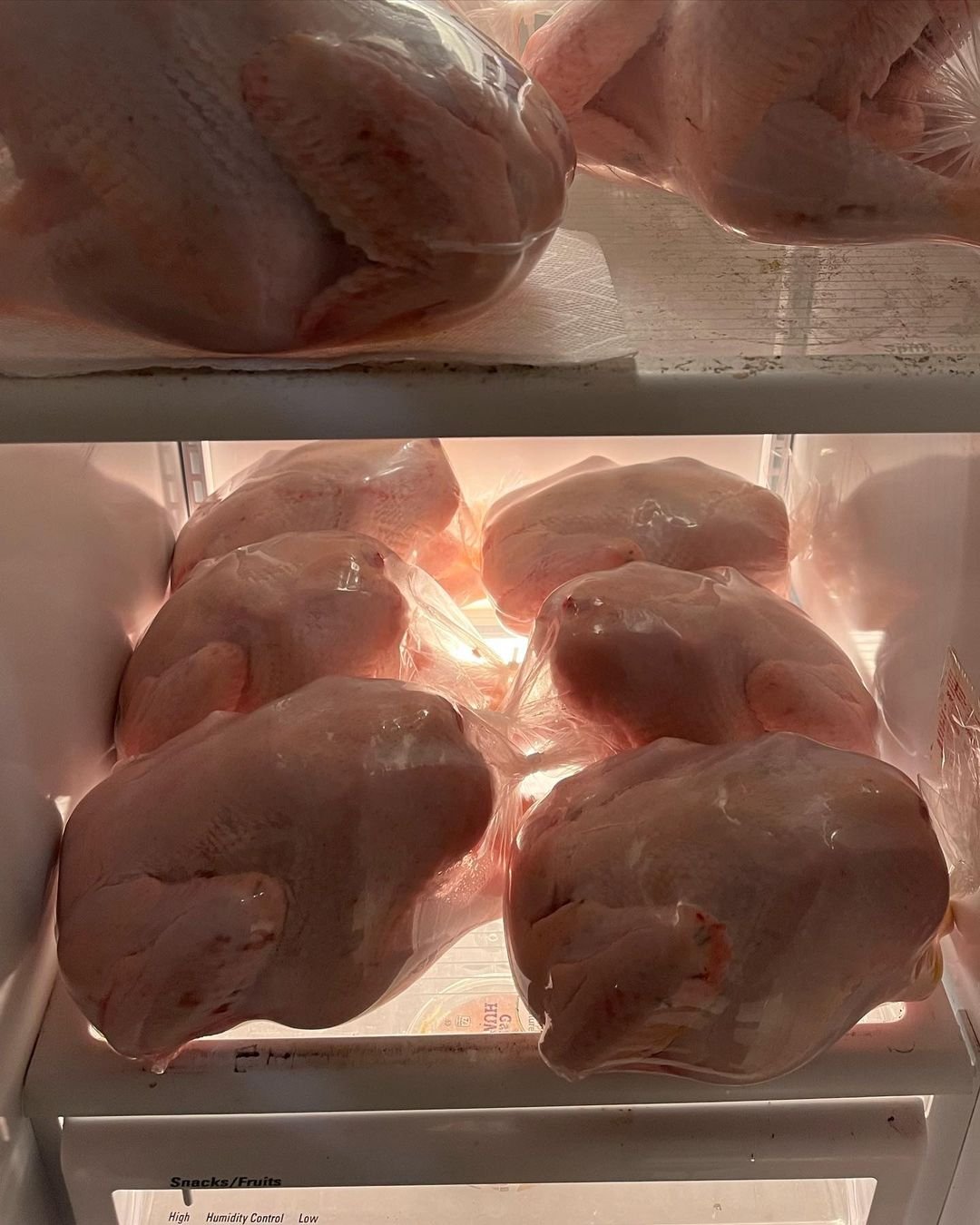
Next, you can weigh the bird meat and label it with a permanent marker. Now, put all the packages in the freezer and fix the temperature at 0°F (−18 °C) or below,
Final Thoughts
Raising chickens for meat can be rewarding if your homestead flocks survive successfully.
Lesions are a common condition in which birds cannot survive and become ill as early as three days. So you need to keep the food and sanitation in control.
Also, don’t experiment much with your chickens in the first year of raising meat chickens.



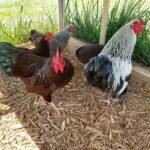


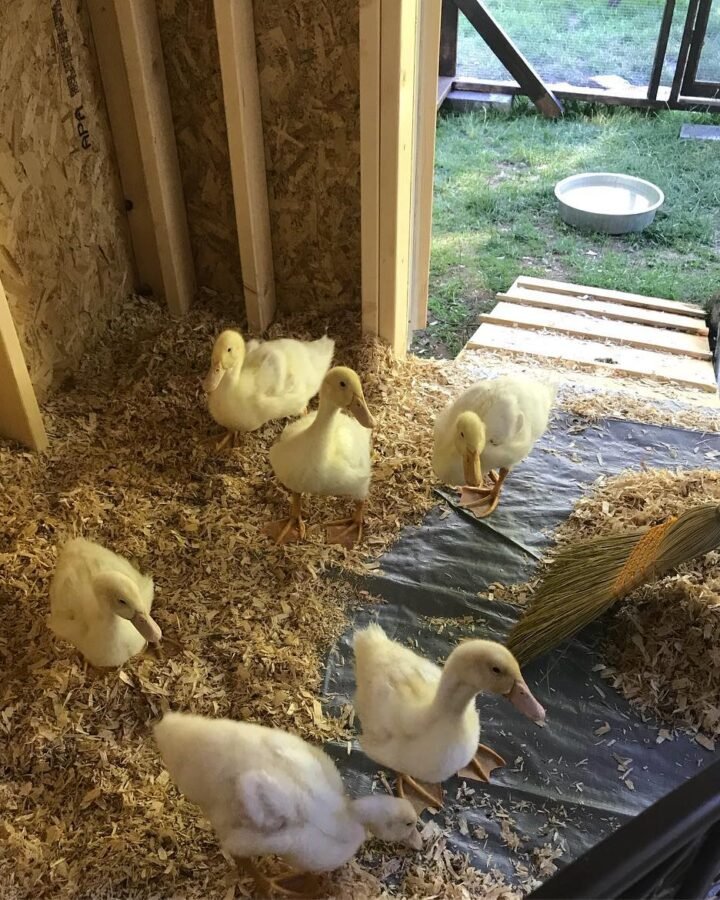
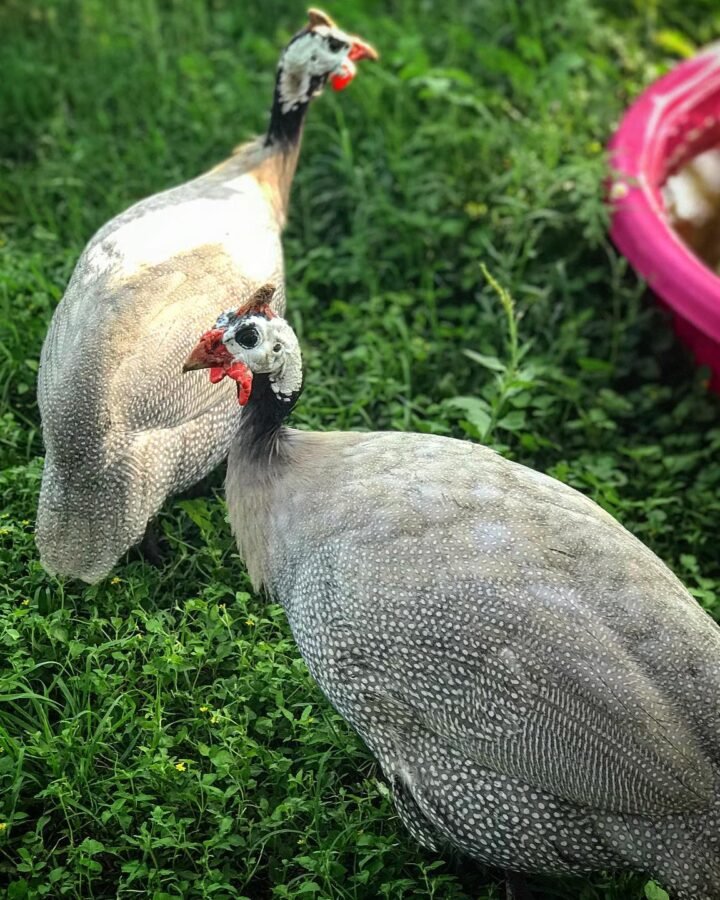

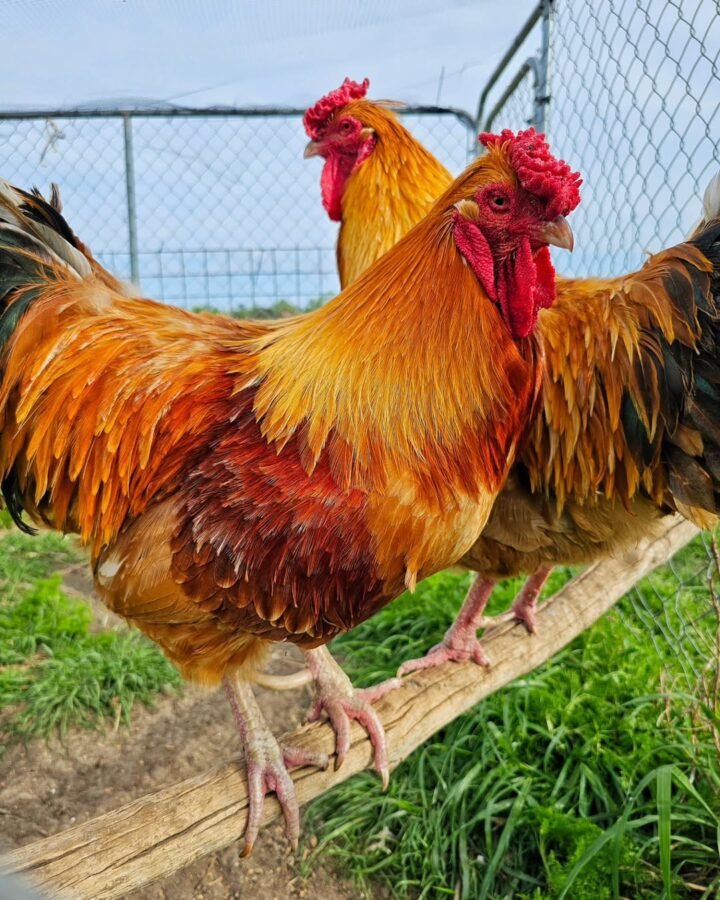
Leave a Reply